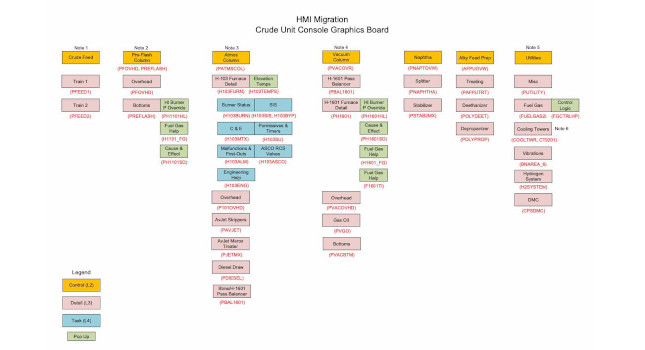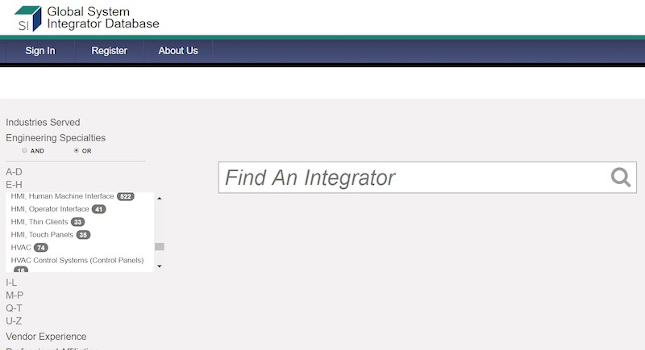A lifecycle management process overlaps from design to manufacture, and data is driving this change
As the role of PLM technology in the enterprise IT landscape expands, increasing overlaps are emerging between enterprise application functionality.
At Cambashi, we coined the ‘silos changing’ theme to reflect the fact that, although most manufacturers’ IT environments include elements of Enterprise Resource Planning, Supply Chain Management, Customer Relationship Management and Product Lifecycle Management, the boundaries between these traditional areas of IT responsibility are becoming increasingly blurred and sometimes even impossible to identify at all.
In fact, in their efforts to grow their businesses, the vendors of the various enterprise applications are continuously increasing the scope and functionality of their applications, with the inevitable result that the applications now addressing ERP, SCM, CRM and PLM have the potential to overlap more and more. At the moment, the application area with the most expansionist ambitions seems to be PLM.
For most of its life, even though it has been able to support the product lifecycle from design to retirement for some time, PLM technology has been seen as the domain of the technologists within an organization—the product developers, manufacturing engineers and the maintenance staff. Given its origins as a tool for managing CAD data in the design process, that view is understandable.
One vendor that is articulating a new grand ambition for PLM is Oracle. It is extending its application to ‘Product Value Chain Management.’ A key aspect of this proposition is to extend to reach of PLM at the front end of the overall product lifecycle—that is, into the initial innovation process.
We know the importance of continuous investment in a stream of innovative products to maintain sustainable product differentiation. PLM has been effective in speeding the development of products in a controlled environment.
But the initial idea creation (a term which seems to be collapsed these days into ‘ideation’) requires a combination of support for free-flowing interaction and the ability to select winning options based on informed decision-making.
One aspect of this process is the ability to understand what the customers want and think they need, but it shouldn’t be limited to this.
There’s a quotation, usually attributed to Henry Ford, which goes something like ‘if I had asked my potential customers what they wanted, they would have asked for a faster horse.’ Today, we need a grasp of the target business that anticipates potential needs. For manufacturers in multi-product, multi-industry businesses, the combination of customers’ articulated needs and potential additional opportunities leads to a huge range of potential development projects.
Another trend in PLM—the exploitation of cloud-based technologies and Web-based development tools to drive ‘democratization’ of enterprise applications—also has an impact here in terms of opening up the ‘ideation’ phase to a wider community.
In fact, the adoption of social networking technologies into the PLM workflow is an accelerating factor, too. So, before the design effort starts in earnest—that being the classic starting point for PLM—there is a major exercise in the selection of the projects to pursue.
A Forbes 2010 research study that showed that, while CEOs see innovation as the primary factor in driving growth, only a third or so think that their innovation execution processes are effective. Or as a Booz and Company 2012 industry survey put it: ‘coming up with new ideas is not as big a problem as selecting and converting them to development projects’. So here’s where Oracle sees the opportunity for extending PLM into the ‘pre-design’ arena – building into PLM the means of assessing and evaluating ideas for taking forward into development projects.
The technology push designed to deliver ever-improving price/performance is only part of innovation. Creating and managing requirements, and understanding the downstream implications, require information and cooperation in the industry network throughout the product lifecycle as much as in the R&D department. Effective analytics capabilities that allow all aspects of product operating experience and performance to be captured and considered will be a vital input in the ideation to project selection process.
This broader view of the application of PLM is gaining ground; as well as Oracle, SAP is presenting the ambition for PLM to support the entire product lifecycle beginning with idea selection in its Idea to Delivery concept. And the ‘traditional’ PLM suppliers, Dassault Systems, PTC and Siemens, are rapidly extending their PLM capabilities to address the more ‘open-ended’ nature of the early ideas stage of the lifecycle.
The growing importance of PLM as an enterprise application means that the overlap issues are becoming very interesting.
Tony Christian is Director at market research, analyst and consultancy group Cambashi (www.cambashi.com). Tony has a BSc degree (Mechanical Engineering) and MSc degree (Engineering Acoustics, Noise and Vibration) from the University of Nottingham.



